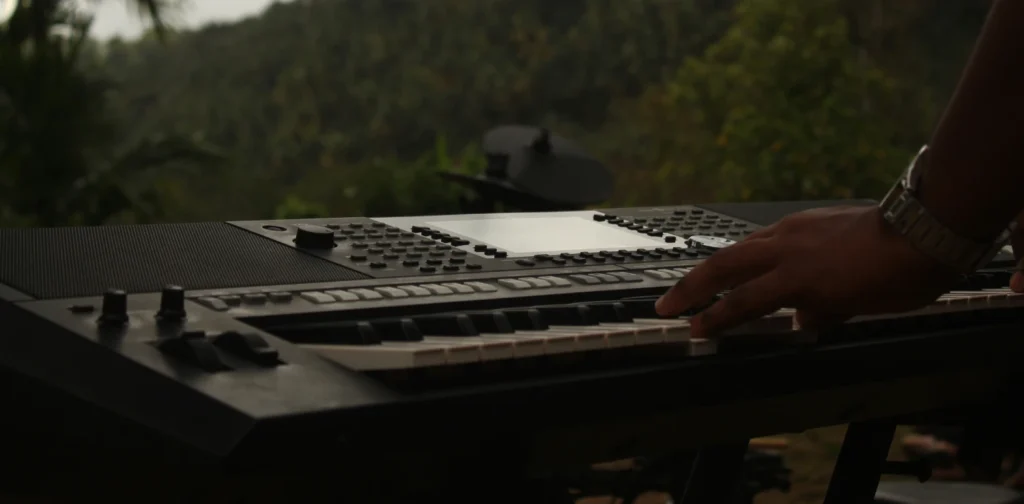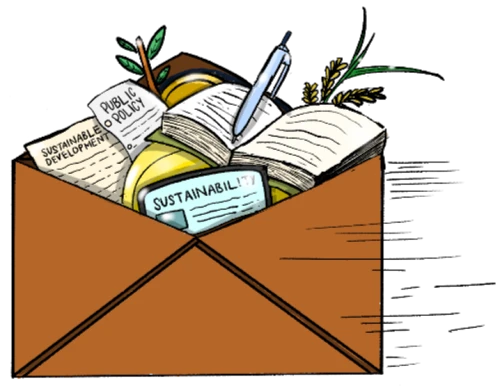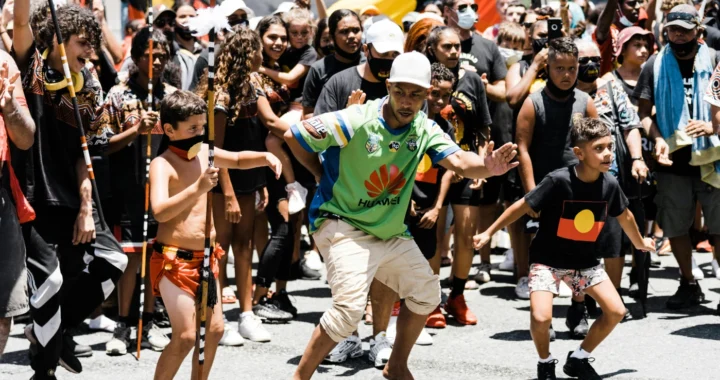Sounds Right and Recognizing Nature as an Artist for Biodiversity Conservation

Photo: Lino on Unsplash.
Human-induced climate change threatens the existence of every creature on Earth. In turn, various conservation projects have emerged to protect the planet’s ecosystems and all that lives in them. One effort stands unique: the Sounds Right initiative recognizes nature as a musical artist and directs the streaming royalties toward biodiversity protection.
Declining Wildlife Populations
According to the WWF report in 2024, wildlife populations have declined by an average of 73% in just 50 years (1970-2020). Human activities are driving this decline, causing habitat loss and ecosystem degradation from overharvesting. Additionally, invasive species, disease, and climate change also contribute to biodiversity loss.
Significant declines in wildlife populations could push nature closer to disastrous tipping points. To halt this crisis, effective conservation efforts could stabilize or even increase some wildlife populations. But those efforts do not come cheap. Protecting biodiversity and repairing the damage done by humans will require about $700 billion a year until 2030. Despite the urgency, funding for conservation efforts worldwide remains inadequate.
Sounds Right
Among many financing mechanisms, the Sounds Right initiative strives to contribute in a unique way. The music initiative by the Museum for the United Nations aims to recognize the value of nature by turning it into a music artist and directing streaming royalties toward biodiversity protection.
Sounds Right is inspired by a previous movement in 2019, when the Museum for the UN brought together a diverse group of artists, teachers, environmentalists, priests, and activists in Bogotá, Colombia, to explore creative ways to engage people in nature conservation. They created a music collective named ‘VozTerra’ to express the urgency of environmental protection. VozTerra then sparked the idea of working with Nature as an artist eligible for royalties, which led to the birth of Sounds Right.
With Sounds Right, “NATURE” is registered as an artist on various music streaming platforms. The music features purely natural sounds or music by human artists that list NATURE as a contributor on their tracks. This initiative has already generated more than 187 million streams and 14 million listeners. NATURE receives 50% of the post-distribution royalties, which will go to biodiversity conservation and restoration.
In 2024, NATURE raised 225,000 USD. The fund was then committed to four conservation programs in the Tropical Andes, namely Reserva Natural La Planada, Fundación Proyecto Tití, FundaExpresion, and Jacana Jacana. In 2025, income from NATURE will go toward key biodiversity areas, including those in the Amazon and Congo Basin.
Recognizing Nature as an Entity
Similar efforts exist around the world. The “Future Sound of Nature” initiative by two electronic artists, Eli Goldstein and Lola Villa, allocates 20% of revenue from each release to conservation projects for habitats featured in their recordings. The label’s first release was an EP called Amazonía, with a portion of the royalties going directly to the Bora communities in Peru and Colombia.
In 2024, a legal petition was submitted to the Ecuadorian copyright office by the More Than Human Life (Moth) project to recognise the Los Cedros forest as a co-creator of ‘The Song of the Cedars’. The song was composed by the musician Cosmo Sheldrake, the writer Robert Macfarlane, the field mycologist Giuliana Furci, and the legal scholar César Rodríguez-Garavito during a field trip to Ecuador.
The concept of recognizing nature as an entity of its own spans beyond the arts. There is also Rights of Nature, a legal framework that recognizes the intrinsic rights of nature, including ecosystems and species, and grants the same protection standards as people and corporations. Meanwhile, ecocipation is a concept of ecological emancipation that acknowledges nature as a subject equal to humans, including as a legal and political subject.
Closing the Gap
Our lives on Earth are intertwined with one another—across borders, distances, and even species. Therefore, protecting biodiversity is important as it is a key component of the health of the planet. Sounds Rights and other similar initiatives serve as alternative sources to help close the financing gap for biodiversity protection. The fund they generate could support various conservation projects and programs, especially community-led and grassroots ones.
But ultimately, closing the gap requires greater efforts from governments around the world. This includes enacting regulations as well as strengthening law enforcement addressing the root causes of biodiversity loss such as irresponsible development and poaching. Governments should also develop policies that support conservation projects, including by fostering cooperation between state, the private sector, and local communities, and expanding funding and resources through green investments.
Editor: Nazalea Kusuma & Kresentia Madina

Join Green Network Asia Membership
If you find this content useful, support Green Network Asia’s movement to create positive impact for people and the planet through public education and multi-stakeholder advocacy on sustainability-related issues and sustainable development. Get exclusive benefits for your personal and professional development.
Become a Member Now

 Statewide Treaty Bill: Australia’s First Treaty with the Indigenous Australians Passed in Victoria
Statewide Treaty Bill: Australia’s First Treaty with the Indigenous Australians Passed in Victoria  Involving Coastal Communities in Tackling Ghost Nets Pollution
Involving Coastal Communities in Tackling Ghost Nets Pollution  An Interview with Jasmin Lim, Chief Marketing Officer at BH Global
An Interview with Jasmin Lim, Chief Marketing Officer at BH Global  The Monsoon Wind Power Project Supports Energy Transition Across Borders in Southeast Asia
The Monsoon Wind Power Project Supports Energy Transition Across Borders in Southeast Asia  Revealing the Pink Tax and The Cost of Being a Woman
Revealing the Pink Tax and The Cost of Being a Woman  Exploring Biodiversity-Positive Incentives to Halt Biodiversity Loss
Exploring Biodiversity-Positive Incentives to Halt Biodiversity Loss